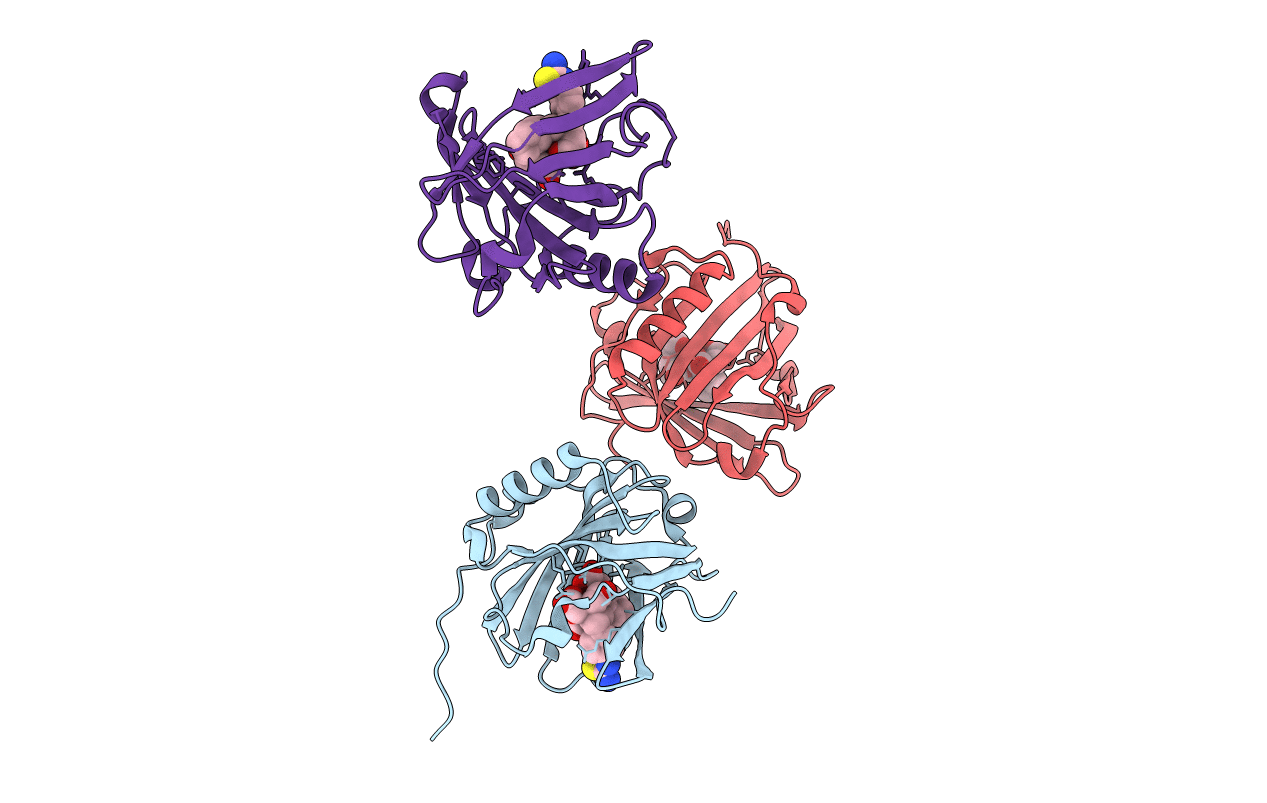
Deposition Date
2012-12-07
Release Date
2013-06-19
Last Version Date
2024-10-30
Entry Detail
PDB ID:
4IAW
Keywords:
Title:
Engineered human lipocalin 2 (C26) in complex with Y-DTPA
Biological Source:
Source Organism:
Homo sapiens (Taxon ID: 9606)
Host Organism:
Method Details:
Experimental Method:
Resolution:
2.40 Å
R-Value Free:
0.26
R-Value Work:
0.22
R-Value Observed:
0.22
Space Group:
P 41 21 2


